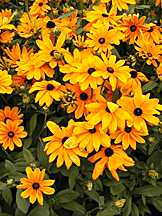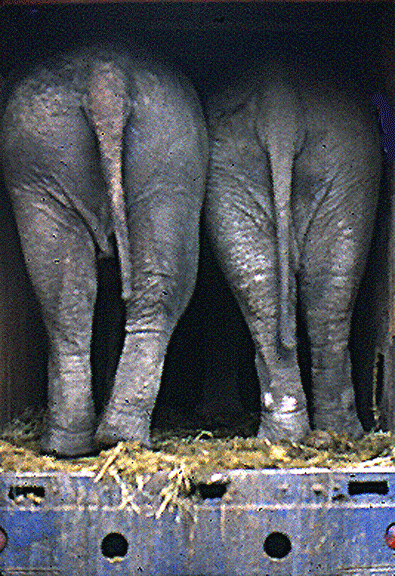
WHAT
DO YOU WANT TO DO WITH YOUR
DIGITAL PHOTOS
 Choosing a digital camera doesn't have to be difficult. The key is
knowing what you want to do with the photographs it creates.
Choosing a digital camera doesn't have to be difficult. The key is
knowing what you want to do with the photographs it creates.
Digital camera advertisements all push megapixels and for good
reason. At the heart of every digital camera is an electronic sensor or
CCD that records the image. The sensor is composed of thousands of
microscopic dots called picture elements, or "pixels" for short
(''pix'' for picture, "el" for elements). The more pixels an
image has the better its resolution, and the more detail it will have.
Simply put a megapixel is a million pixels. A one-megapixel
digital camera, at its maximum quality setting, produces images composed
of approximately 1,000,000 individual pixels. This is also described by an
equation showing the amount of pixels laid out horizontally and vertically
on the CCD. For example a camera with 1152 x 864 pixels means it has
995,328 pixels---shortened to 1 million pixels.
Why is this important? Resolution is important because to get large
images that equal conventional photo print quality you need a certain
amount of pixels. Otherwise, your pictures will become jaggedy or pixelated.
So in determining how many pixels you need, you first have to decide what
size prints you want to make.

The rule of thumb for printing digital images is that you need 300 dpi
(dots per inch) for top image quality. So for example, you want to print 5
x 7's you would need at least a 3 megapixel camera.
So depending on your personal standards--what one viewer considers fine,
another might find unacceptable--a good 8 x 10-inch print
needs at least 8 megapixels.
 On
the other hand, perhaps you just want to take pictures for
posting on the Web, to put on CDs, or E-mail to friends. There your
requirements would be much lower. For the Web you only need 72 dpi―a full
75 percent less resolution than for a high quality print. So obviously,
you'd be able to get away almost exclusively with a 2-megapixel camera,
but of course, most people today use whatever cameras they have, most of
which have a resolution of 10 megapixels or more.
Incidentally, if you want all the options, shooting
either high and low quality pictures,
you can use just about any digital camera, since all
offer several different shooting resolutions. This way you won't lock yourself into shooting
16-megapixel files when
all you may need is 1
megapixel.
On
the other hand, perhaps you just want to take pictures for
posting on the Web, to put on CDs, or E-mail to friends. There your
requirements would be much lower. For the Web you only need 72 dpi―a full
75 percent less resolution than for a high quality print. So obviously,
you'd be able to get away almost exclusively with a 2-megapixel camera,
but of course, most people today use whatever cameras they have, most of
which have a resolution of 10 megapixels or more.
Incidentally, if you want all the options, shooting
either high and low quality pictures,
you can use just about any digital camera, since all
offer several different shooting resolutions. This way you won't lock yourself into shooting
16-megapixel files when
all you may need is 1
megapixel.
When you are in the upper deck of a ballgame, nothing comes in more
handier than a good zoom lens. Nine out of ten cameras today come with a
zoom. And since all digital lenses are made of glass,
the optical quality will be equally as good. A digital zoom,
however, takes a smaller image captured on the CCD
and crops it, then enlarges it
by duplicating every pixel. If your camera features
digital zoom, disable it.
 Choose
the Camera for the Use
Choose
the Camera for the Use
Unlike 35mm cameras, not all digital cameras work equally well for all
subjects. With the wide variety of cameras to choose from, itís
important to know how you will use your camera. A lighter superzoom or
compact model will serve you well if you travel a lot. If youíre into
more serious photography, then a digital SLR is your best choice. And
for everyday candids, a smartphone will do nicely.

